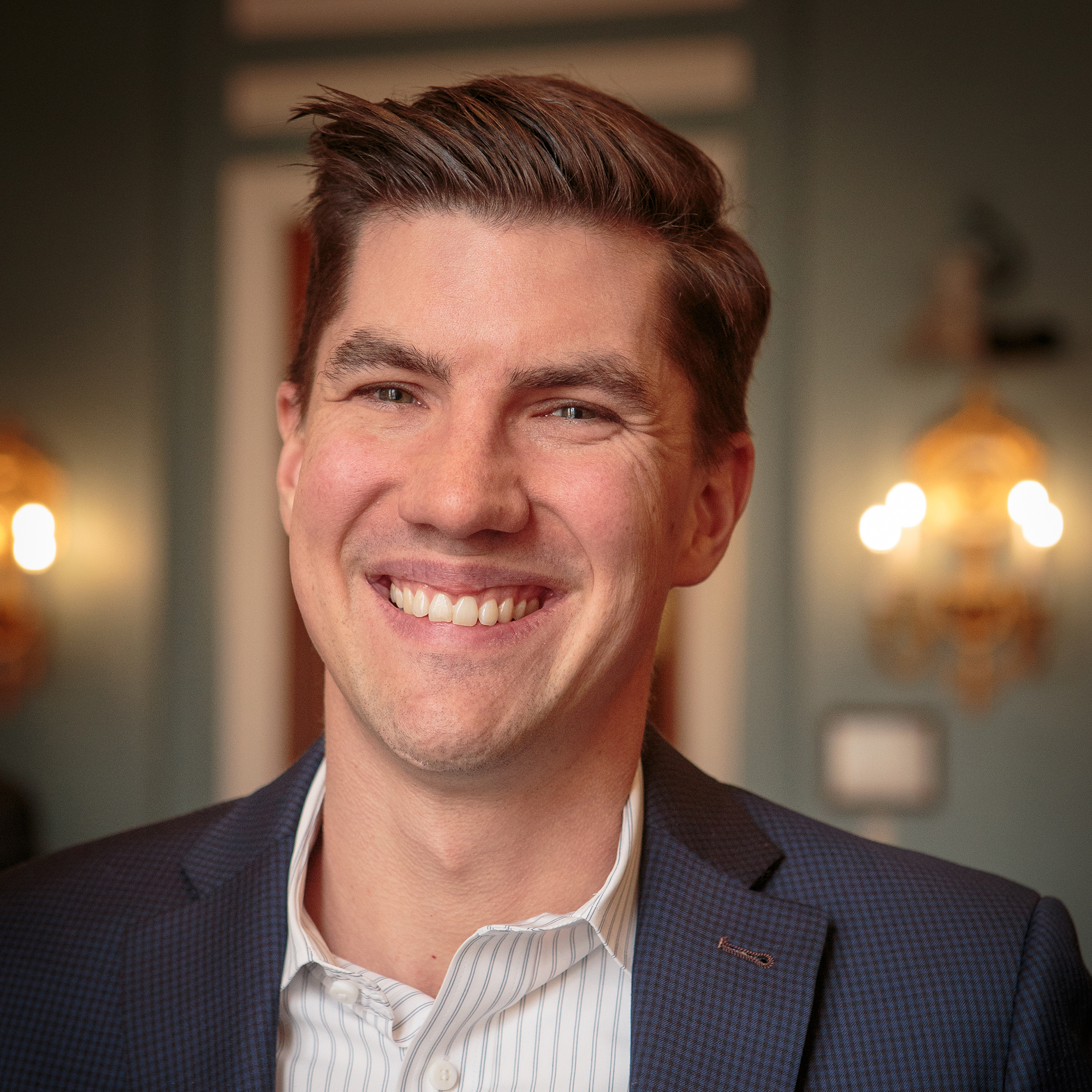Little FCC Reforms Can Have Big Benefits for Rural Broadband
In rural America, many grain legs (bucket elevators for moving grain) have small wireless radios attached to them, providing the grain leg’s owner with broadband service. But a loophole in the current Federal Communications Commission rules means that the same service provider seeking to use the same type of radio and infrastructure to provide service to the next farmer a couple of miles down the road could have to go through an onerous permitting process, or be denied access altogether.

Thankfully, the FCC is looking to close that loophole, proposing an important update to its over-the-air-reception device (OTARD) rule that will have significant, positive implications for bringing broadband to unserved and underserved parts of America.
Among other things, the agency is looking to allow broadband “hubs” — technology the size of a pizza box — to be placed on private property to serve small clusters of homes, modernizing its rule to accord with the advance of today‘s wireless broadband networks.
Local Rules Are a Bottleneck
It is almost universally believed that all Americans should be able to access communications services like the high-speed internet. But some state and local laws, as well as homeowner association covenants, have long been a bottleneck to the spread and adoption of broadband services in the U.S.
OTARD works to reduce that conflict.
Once upon a time, towns and homeowner associations prevented owners and renters from putting antennas (such as satellite dishes) on their property, leaving consumers trapped with few TV programming options. Congress changed this in 1996 by creating a rule (through the FCC) that pre-empts state and local governments or private entities from impairing the ability of antenna users to install, maintain or use over-the-air-reception technology.
The smarter way to stay on top of the multichannel video marketplace. Sign up below.
OTARD was eventually extended to cover other antennas, too, such as those that “receive or transmit fixed wireless signals.” This has tremendous significance for high-speed internet access. Fixed wireless service represents one of the most cost-effective ways to bring the internet to millions of hard to reach, rural Americans.
But there’s a catch. OTARD hasn’t kept up with technology. The last major update to OTARD occurred late in the Clinton Administration. Hub sites, which are integral to today’s fixed wireless broadband systems by leveraging vertical infrastructure closer to the consumer, are not covered by the rule.
This seemingly small absence has big consequences for the digital divide.
Our members provide fixed wireless broadband services to nearly 4 million Americans in largely rural areas of the country. They deliver the high-speed internet to places deemed by traditional providers as too costly to serve. Not only do they have to deal with difficult-to-serve areas, they must often face the myriad requirements imposed by cities and homeowner associations before placing broadband infrastructure into service.
“Updating OTARD means both the farmer and his neighbor can get broadband quickly and cost-effectively.”
In the past, wireless broadband networks were designed around larger coverage areas and fewer hubs. Today’s broadband networks, however, are requiring lots of smaller hubs closer to customers. Consequently, today’s denser networks only multiply the local and association choke points, making construction harder to realize. This problem is greatest in rural areas that lack towers, piles and other infrastructure.
To rectify this, we asked the FCC to update the OTARD rule. We requested that they extend OTARD to cover all fixed wireless equipment, as long as it meets existing size and other reasonable restrictions for customer-end equipment. The only difference between what is covered and what is not is whether the farmer or his neighbor gets the signal.
Nearly 20 Million Underserved
FCC statistics show that more than 20 million mostly rural Americans lack meaningful high-speed access to the internet. The proposed changes will help accelerate the deployment of broadband services in markets across the country, and will empower consumers to help bring competitive wireless broadband to their communities by hosting hub sites.
The modest changes proposed by the FCC will lower barriers to siting modern, fixed wireless infrastructure in places where it needs to go to provide better service. This means more Americans in unserved and underserved areas will get the high-speed Internet they need to participate in our digital society.
Updating OTARD means both the farmer and his neighbor can get broadband quickly and cost-effectively. And that is the right thing to do.
Claude Aiken is president and CEO of the Wireless Internet Service Providers Association (WISPA).
Claude Aiken is president and CEO of the Wireless Internet Service Providers Association (WISPA), representing fixed wireless internet service providers (WISPs) and the evolving industry that supports fixed broadband connectivity.

